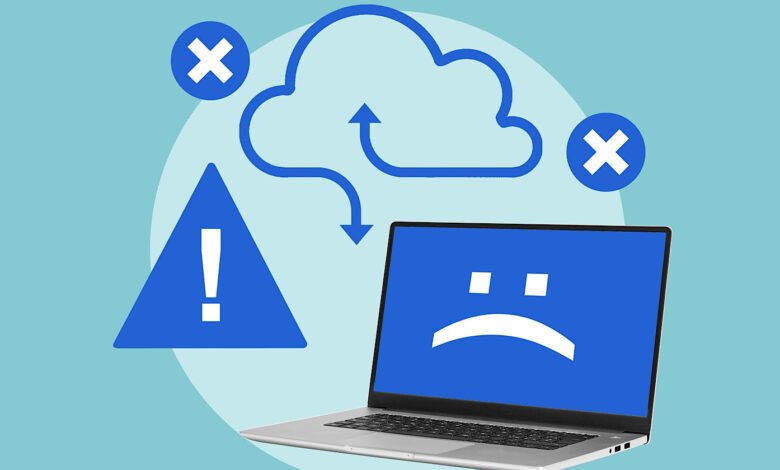Google Search Service Disruption: What Happened and How It Was Fixed

▼ Summary
– Google Search experienced a service disruption from October 3 at 1:00 PM to October 6 at 1:40 PM Pacific Time due to a data center issue.
– The incident partially affected the serving of some pages in certain locales, but details on specific regions or pages were not provided.
– Google resolved the issue without further updates and initially worked to identify the root cause during the disruption.
– Businesses and SEO professionals were advised to monitor analytics for traffic drops but avoid reactive site changes as it was an infrastructure-side problem.
– Official updates were available through the Google Search Status Dashboard, while community reports on social media and forums were considered unofficial.
A recent service disruption affecting Google Search operations has been officially resolved, according to the company’s latest status update. The interruption, which began on October 3rd at 1:00 PM Pacific Time, concluded on October 6th at 1:40 PM. Google attributed the problem to a data center issue that potentially impacted the serving of certain web pages in specific geographic regions.
The incident was first reported through Google’s official Search Status Dashboard, which noted an ongoing data center problem affecting page delivery. The status page clarified that the situation did not constitute a complete outage, though the exact scope and severity of the impact remained unclear throughout the event. Google’s engineering teams worked to identify the fundamental cause while maintaining regular communication through their official channels.
During the disruption period, the company’s status page provided limited specifics about which particular pages or locations experienced service degradation. The vague description of “some pages in some locales” suggested a partial rather than comprehensive service failure. This type of infrastructure problem can create significant challenges for businesses and websites that depend heavily on organic search traffic for visibility and customer acquisition.
For SEO professionals and website owners, the practical approach involved closely monitoring analytics platforms for any unusual declines in organic search traffic beginning around the reported start time of the disruption. However, experts cautioned against attributing all traffic fluctuations during this period directly to Google’s technical issues, as numerous factors can influence daily search performance.
The recommended method for tracking the situation included regularly checking the official Google Search Status Dashboard for authenticated updates. While community reports on social media and SEO forums sometimes provide early indicators of widespread issues, these sources should be considered unofficial until Google provides confirmation. Since this appeared to be an infrastructure-level problem originating from Google’s systems, making reactive changes to websites would have been unnecessary and potentially counterproductive.
Google maintained its commitment to transparency throughout the incident, promising additional updates within 24-hour intervals while their technical teams worked toward resolution. The company has since confirmed that the serving issue has completely resolved itself, bringing this particular service disruption to a close.
(Source: Search Engine Journal)
